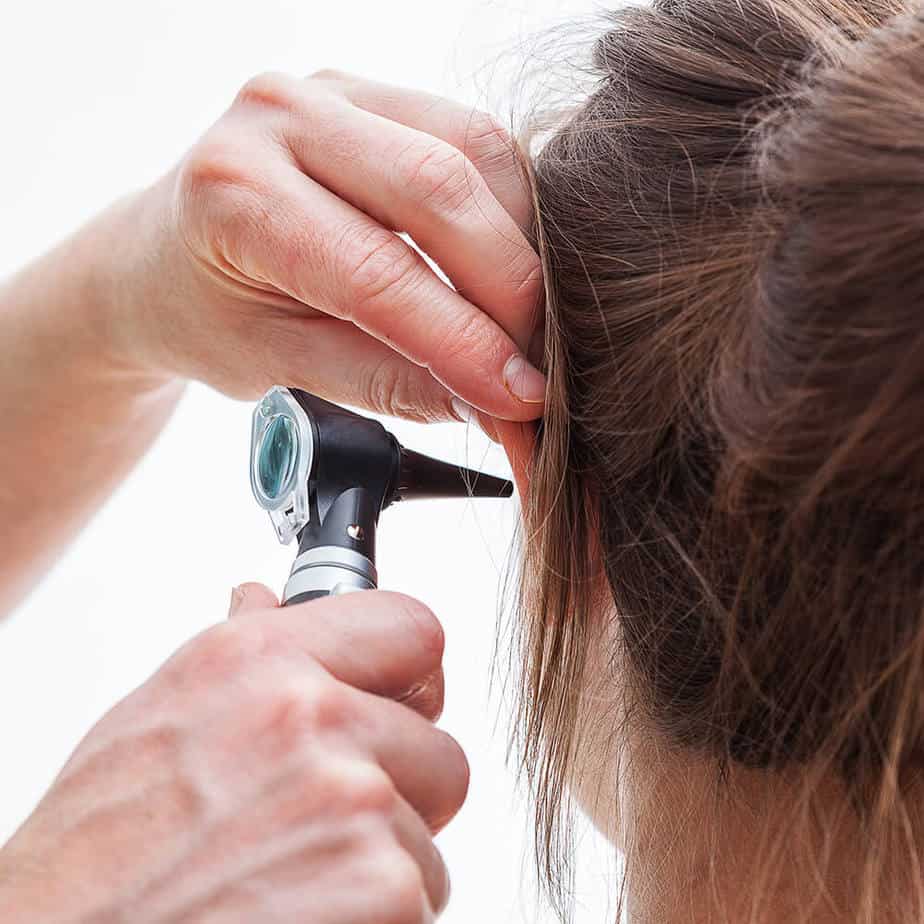Hearing Evaluation
In the event that you do, the hearing evaluation will also tell us how much hearing loss you have, and what type it is. With the results of a hearing evaluation, we can recommend a treatment plan going forward that might include hearing aids, training sessions, referral to another medical professional, and/or hearing protection. Each one of us is unique, and some situations will require a different approach than others.
The Better Hearing Institute, a non-profit organization, recommends getting a hearing evaluation once every decade until age 50, and once every three years after that. Those in high-risk professions or with a medical history indicating a higher risk of hearing loss should be evaluated even more frequently. Regular hearing tests allow us to compare your most recent results to your previous results, which can help determine whether there is anything to worry about in terms of the type and progress of any hearing loss we see. Schedule your hearing evaluation in one of our three convenient locations in Jerseyville, IL, Godfrey, IL & Chester, IL.

What To Expect
The hearing evaluation is a completely painless, non-invasive process that takes about 30 minutes to conduct.
When you arrive at our office for your hearing evaluation, we’ll ask you to fill out a questionnaire. The questionnaire will ask about your current hearing ability, lifestyle, medical history, and family medical history. The more information we have about what’s important to you, the times in your life when your hearing might be giving you problems, and any medical concerns you may have, the more able we are to recommend the treatment plan that will be most likely to serve you best.
Next, your audiologist will go over this form with you. The idea here is to have a conversation, guided by your answers to the questionnaire, that will help us understand as well as possible what might be going on with your hearing. After this conversation, the hearing evaluation will begin.
1. Physical Examination
The hearing evaluation starts with a physical examination of your outer ears and eardrums. Your audiologist will use an otoscope—the same instrument your general practitioner uses—to look at your ear canals and eardrums. We want to make sure there are no obstructions, infections, or perforations of your eardrums that might be contributing to your hearing loss. If your audiologist sees any issues here, they may clean your ears prior to the test, or refer you to another medical professional.
2. Hearing Tests
The hearing tests will be administered inside a sound-proof booth to prevent any external sounds from affecting the results of your test. You’ll sit inside the booth and put on a set of headphones. Your audiologist will talk to you through the headphones, as well as administer the tests.
Pure-Tone Audiometry
Your audiologist will play a series of sine waves (pure tones) at different frequencies (pitches) and volumes. They’ll ask you to respond to what you hear. This test helps determine how much you can hear at which frequencies, giving us a very good picture of your overall hearing ability in most cases.
Speech Audiometry
This test uses the same approach as the pure-tone test, but your audiologist will play examples of speech instead of sine waves. They’ll also play speech with background noise present. This test is useful in confirming the results of the pure-tone test, while also giving us a little more information to help program a set of hearing aids.
Tympanometry
Tympanometry is conducted outside the booth. Your audiologist uses this test to determine how well your middle ear is functioning. They’ll use a small device that changes the pressure in your ear canal. It may be slightly uncomfortable, but won’t hurt and only takes a second.
Acoustic Reflex Testing
This test is designed to measure the involuntary contractions of the muscles in your inner ear. These muscles contract in response to loud sounds to limit the amount of sound that enters your cochlea, helping to reduce the damage to your hearing that loud noise can cause.
3. Audiogram
The results of your pure-tone test are presented on an audiogram. An audiogram is a graph that displays your hearing ability compared to normal. The x-axis shows hearing ability in dBHL (decibels hearing level), while frequency is indicated on the x-axis. There will be one horizontal line indicating normal hearing ability, and two additional lines—one for each of your ears.
We will review your audiogram and go over the results with you. At this point, if hearing aids are recommended, we will discuss the options that might work best for your particular needs and lifestyle.
